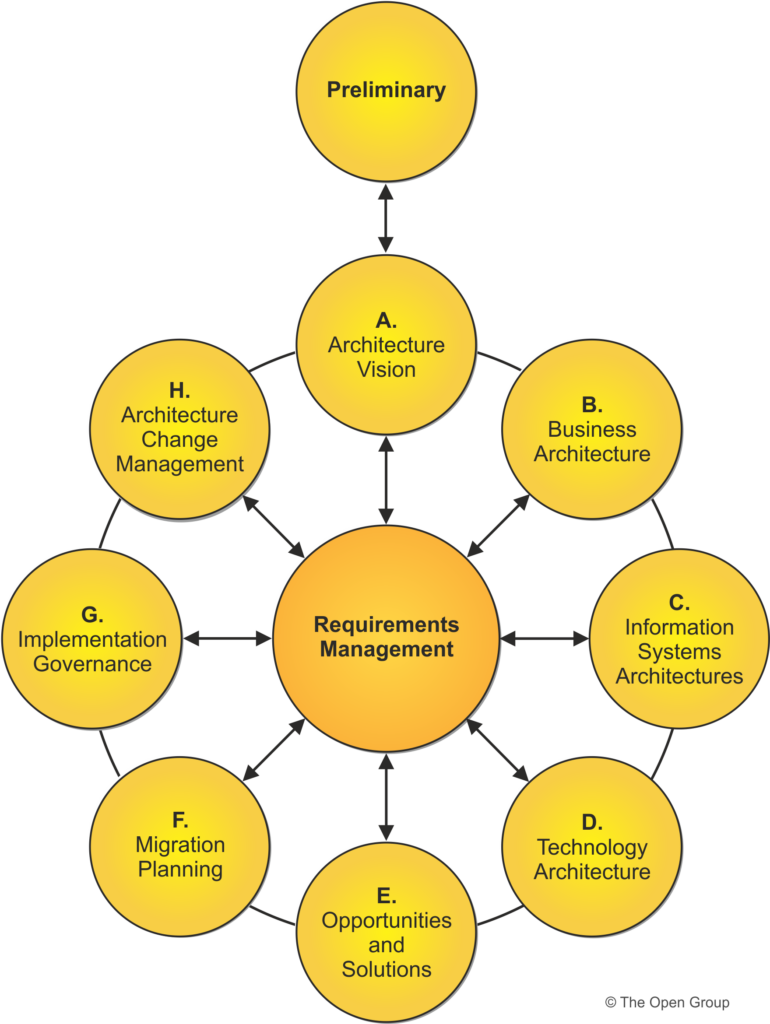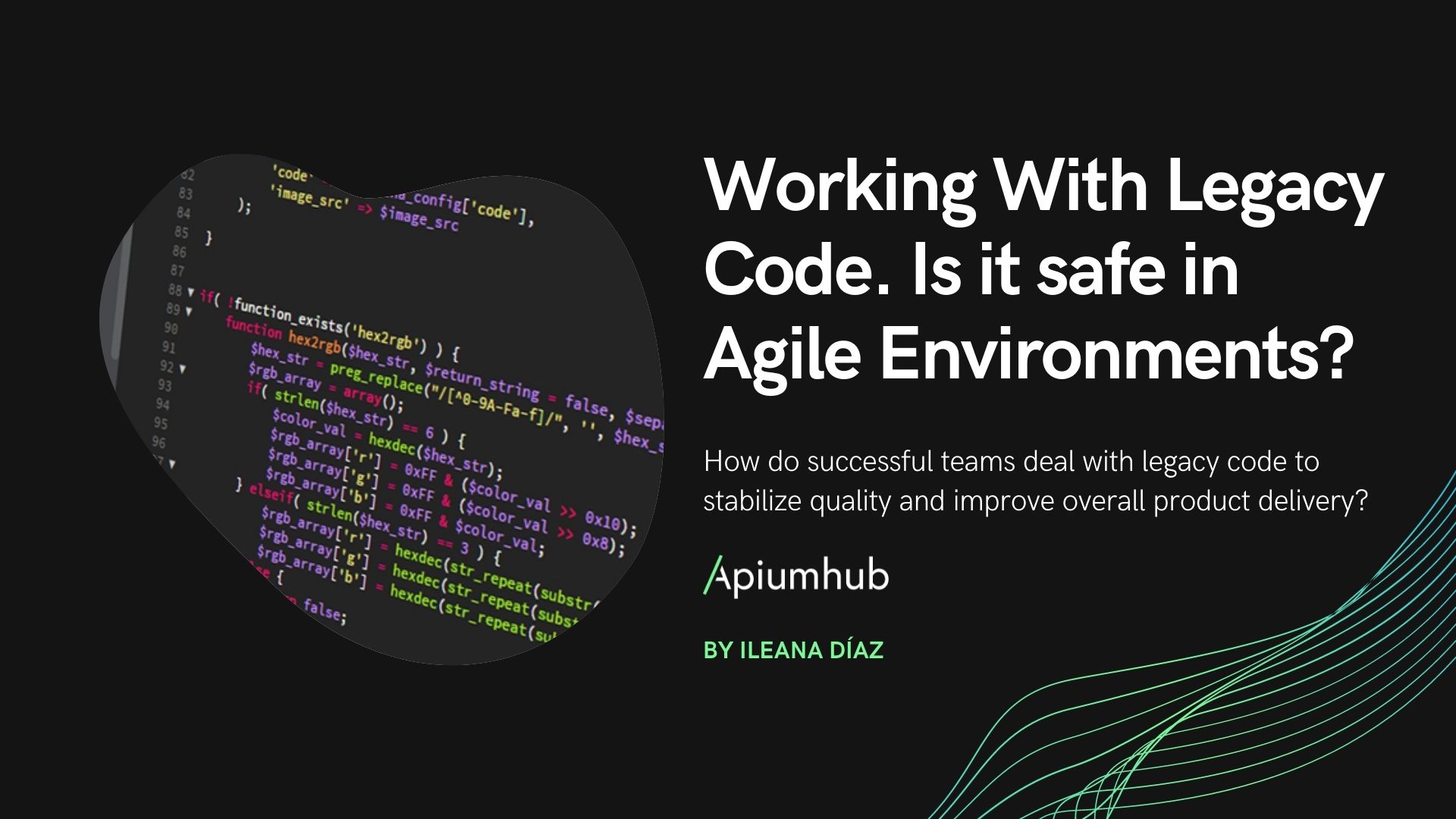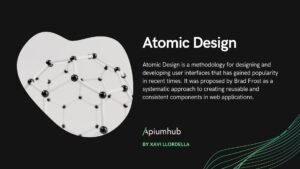Table of Contents
In today’s fast-paced technology business landscape, organizations face the challenge of managing complexity while remaining agile and competitive. To thrive in this environment, enterprises require a structured approach to align their business strategies, processes, and IT systems.
This is where TOGAF (the Open Group Architecture Framework) comes into play. It is an enterprise architecture framework that offers a systematic and comprehensive approach to achieving business transformation and sustainable success.
Understanding the concept
TOGAF is not merely a set of guidelines or a methodology; it’s a proven framework that helps organizations design, plan, implement, and govern their enterprise architecture. Developed and maintained by The Open Group, TOGAF provides a structured approach to enterprise architecture, allowing businesses to bridge the gap between business and technology.

Source: https://www.opengroup.org/togaf
Key Components
1. Architecture Development Method (ADM): At TOGAF Core, we find the Architecture Development Method, a detailed step-by-step process for developing and managing enterprise architecture. It encompasses everything from defining business goals and architecture principles to implementing and monitoring the architecture.
2. Enterprise Continuum: TOGAF introduces the concept of the Enterprise Continuum, which categorizes architectural assets into a structured repository. This continuum helps organizations manage their architecture assets effectively, from generic models to organization-specific architectures.
3. Architecture Content Framework: This framework outlines the types of documents and artifacts that are essential for effective enterprise architecture development. It helps architects organize and document the architecture effectively.
4. Architecture Repository: The Architecture Repository is a central repository for storing, managing, and sharing architectural assets. It streamlines collaboration and ensures consistency throughout the architectural development process.
5. TOGAF Reference Models: TOGAF includes several reference models, such as the Technical Reference Model and the Integrated Information Infrastructure Reference Model, which guide selecting and implementing technology solutions.

Benefits of TOGAF
1. Alignment with Business Goals: TOGAF helps organizations align their IT strategies with their business objectives, ensuring that technology investments directly contribute to achieving desired outcomes.
2. Improved Decision-Making: By providing a structured approach to architecture development, TOGAF equips organizations with the tools and processes needed to make informed decisions about technology investments and changes.
3. Enhanced Communication: TOGAF encourages clear and consistent communication between business and IT stakeholders, fostering better collaboration and understanding.
4. Efficiency and Cost Reduction: Through effective architecture governance and optimization, TOGAF helps organizations streamline processes, reduce duplication, and control costs.
5. Adaptability and Scalability: TOGAF’s modular and adaptable approach enables organizations to tailor the framework to their specific needs, making it suitable for both small and large enterprises.
In his online presentation, Mark Richards provided a succinct overview of TOGAF, stating, “TOGAF is a comprehensive framework for enterprise architecture” on his website.
TOGAF Challenges
While TOGAF is widely regarded as a valuable tool for enterprise architecture, it is not without its critics. In the spirit of constructive analysis, it’s essential to highlight some of the criticisms and challenges associated with TOGAF:
1. Complexity and Rigidity: One of the most significant criticisms of TOGAF is its complexity. The framework’s comprehensive nature, while beneficial in many respects, can be overwhelming for organizations, especially smaller ones. The extensive documentation and processes may deter some organizations from adopting TOGAF, as they perceive it as overly bureaucratic.
2. Lack of Prescriptive Guidance: TOGAF is often criticized for being too high-level and lacking prescriptive guidance in certain areas. While it provides a structured methodology, some argue that it doesn’t offer enough specific solutions or best practices for solving common architectural challenges.
3. Limited Emphasis on Innovation: Critics argue that TOGAF’s focus on structured processes and governance may stifle innovation. The rigid framework might discourage architects from exploring unconventional approaches or emerging technologies that don’t neatly fit within TOGAF’s predefined categories.
4. Heavy Documentation: TOGAF places a significant emphasis on documentation, which can be seen as burdensome by some organizations. Critics argue that the time and effort spent on documentation might not always translate into tangible benefits, especially when projects require rapid adaptation and agility.
5. Implementation Challenges: Implementing TOGAF effectively requires organizational commitment and resources. Critics point out that many organizations struggle to fully adopt and integrate TOGAF into their existing processes, and the framework may fail to deliver its promised benefits if not implemented correctly.
6. Limited Industry Relevance: Some critics argue that TOGAF’s applicability varies across industries. While it may work well for certain sectors, it might not provide the same value for others, leading to the perception that it’s not a one-size-fits-all solution.
7. Overemphasis on IT: TOGAF’s roots are in IT architecture, and while it has expanded its scope to encompass broader enterprise architecture, some critics argue that it still exhibits a bias towards IT. This could limit its relevance for organizations primarily focused on non-IT aspects of enterprise architecture.
8. Lack of Real-World Case Studies: TOGAF’s documentation and training materials often lack real-world case studies or practical examples, making it challenging for practitioners to see how the framework can be applied in their specific contexts.
Conclusion
In a rapidly changing business landscape, organizations that effectively manage their complexity and align their strategies with technology will gain a competitive advantage. TOGAF serves as a valuable tool for achieving these goals. It’s crucial for organizations to approach TOGAF with a clear understanding of their specific needs and to consider whether the framework aligns with their goals and culture. Additionally, organizations should be prepared to customize and adapt TOGAF to suit their unique requirements, addressing some of the critiques and limitations associated with the framework.
Author
-
Senior Marketing Consultant & Marketing Manager at Apiumhub. He brings over 10 years of industry experience. He specializes in digital marketing, SEO & business intelligence, delivering results through data-driven strategies.
View all posts









